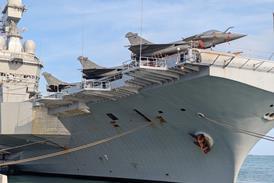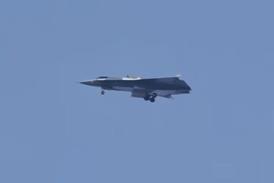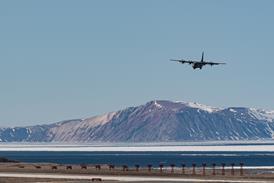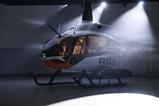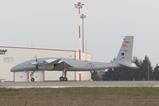Leonardo Helicopters has finally revealed the design of the unmanned Proteus technology demonstrator it is developing through a £60 million ($75 million) contract for the UK Royal Navy (RN), confirming the strong influence of the AW09 on the platform.
In July 2024, FlightGlobal revealed that the airframer was modifying an AW09 – a single-engined, 2.8t maximum take-off weight civil helicopter – for the Proteus effort, although it declined to comment further at the time.
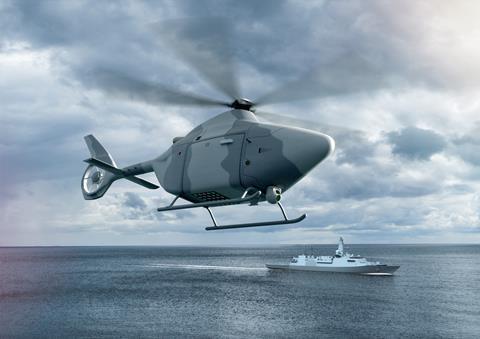
But an image released by Leonardo Helicopters on 7 January reveals the Proteus incorporates the AW09’s distinctive ducted tail rotor, fin and slender tail boom. It also uses the manned platform’s single Safran Helicopter Engines Arriel 2K powerplant, five-bladed main rotor and transmission, FlightGlobal understands.
Previous digital renderings of the Proteus concept showed it with a standard open tail rotor and a thick tail boom design complete with upward curving horizontal stabilisers, rather than the flat stabilisers on the AW09.
Other notable features include a modular payload bay, a configuration first displayed at the DSEI trade show in September 2023. At the time, Leonardo said it would be able to incorporate two NATO-standard pallets.
Originally contracted in 2022, work has been perfomed at Leonardo Helicopters’ plant in Yeovil in Somerset, southwest England, keeping Proteus on track to make its maiden sortie by mid-2025, the manufacturer says.
The final design for the Proteus “has drawn on components from throughout Leonardo’s helicopter portfolio in order to reduce costs and accelerate aircraft development”, the airframer says, although it provides no further details.
Leonardo has also leveraged “knowledge and experience” from its other unmanned aerial systems (UAS) programmes, it adds.
Proteus will be used to “demonstrate advances in autonomy and payload modularity and interchangeability”. That includes employment as a testbed for the development of critical aspects of maritime UAS operations, including “flight-control laws and algorithms for large autonomous vertical take-off and landing aircraft”.
Its development supports the RN’s Maritime Aviation Transformation (MATx) strategy, covering the evolution of naval aviation to 2040 and beyond, in support of an aspiration for aircraft that are “uncrewed where possible, crewed where necessary”.
At present the RN uses the Leonardo Helicopters AW101 Merlin – a platform due to be retired in 2040 – for anti-submarine warfare missions.
Leonardo says it will also use Proteus to develop “cutting-edge” design and manufacturing techniques. In the latter case, that includes 3D printing and out-of-autoclave composite components.
Should Proteus advance beyond the demonstrator stage, Leonardo has mooted manufacturing composite parts for the UAS at its aerostructures plant in Grottaglie, southern Italy.
Development of the demonstrator has seen extensive collaboration between Leonardo Helicopters, the RN, and the UK Defence Equipment and Support procurement agency’s Future Capability Innovation team.





